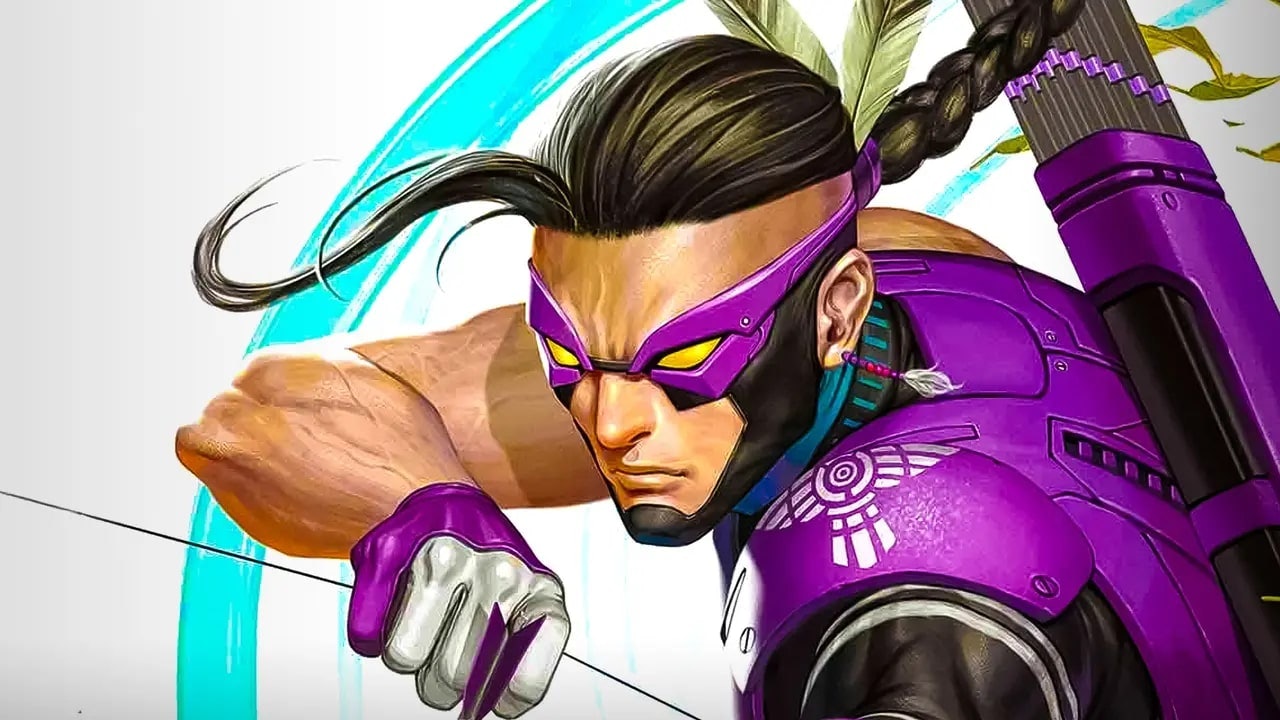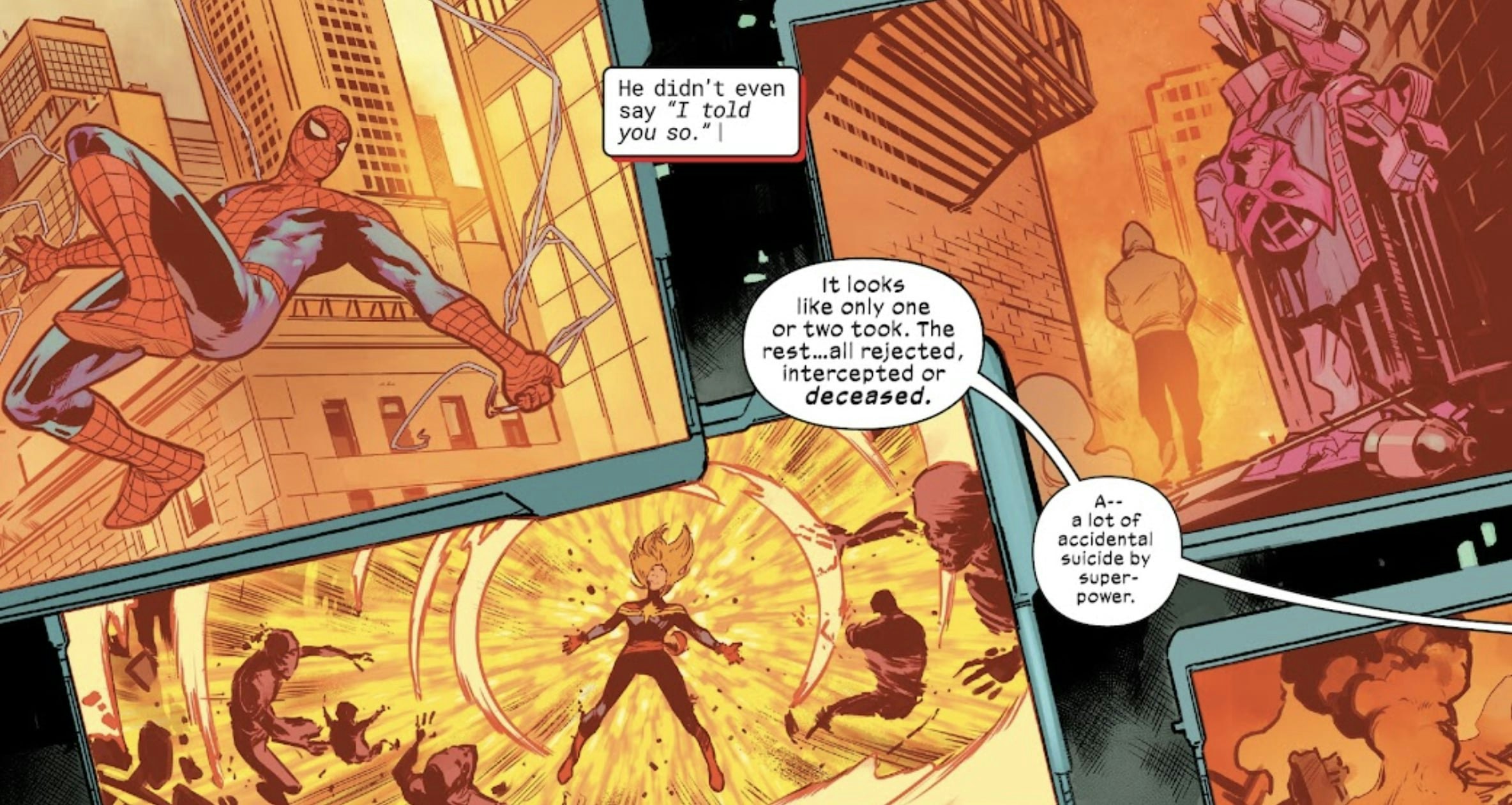
For decades, Marvel’s superheroes have grown and changed with the times, passing down their torch to the next generation or appearing in another universe in a completely different guise. Often, multiple versions of the same hero exist simultaneously, allowing fans to enjoy and debate different takes on the same alter ego without messing with canon.
The latest example is the new iteration of Hawkeye, who’s only the third person to use the moniker after Clint Barton, introduced in 1964, and Kate Bishop, introduced in 2005. This new character is a major step forward for Hawkeye and the greater Marvel franchise, which is using its multiversal storytelling method to positive effect.
In the latest volume of The Ultimates, the run of comics focused on Earth-6160 and its alternate version of the Avengers, Iron Lad creates ready-to-go superpowers in a portable form called “origin boxes” and sends them into the past. The box meant for Hawkeye finds Clint Barton, but this variant doesn’t want to take on the mantle, so he leaves the suit and equipment in a trash can.

However, a passerby takes the gear. In The Ultimates Vol. 4 #5, Iron Lad and Captain America observe arrows being shot before an oil refinery is destroyed. Captain America investigates and meets Charli Ramsey, a member of the Oglala band of the Lakota Nation. Charli fights Cap, but eventually realizes they’re on the same side and joins the Ultimates.
What’s not included in this issue is the fact Charli identifies as a Two-Spirit person who uses they/them pronouns. Two-Spirit is a term some Indigenous communities use to refer to a third gender role, and according to writer Deniz Camp, much of Charli’s narrative was inspired by the water protectors of Standing Rock, who protested the planned route of an oil pipeline near Indigenous lands.
“When I did my research into the water protectors/Standing Rock, something that was emphasized again and again was the importance of queer and ‘two spirit’ organizers to the movement,” Camp posted on Twitter. “I wanted to put that into the book.”
“Charli's pronouns are they/them,” Camp continued. “I didn't want to make a big deal of it, because it's not in the book itself, and because I don't think Charli would make a big deal out of it in that context. But we'll make this explicit when it's natural to the narrative.”

Charli’s pronouns aren’t a big deal — you don’t really need to know how to refer to someone when you’re at the wrong end of their cluster bomb arrow — but it’s still a step forward for Marvel. While the comics have included nonbinary characters before, they’ve never introduced a Two-Spirit hero. Charli’s inclusion is a reminder that such people have existed across cultures for centuries.
On a broader level, The Ultimates has proven that Indigenous characters can be seamlessly added to a superhero team. She-Hulk is Lejori Joena Zakaria, a South Pacific islander whose community was contaminated with gamma radiation by this universe’s version of Bruce Banner, who used the islanders as unwilling test subjects. Just as Charli’s story reflects Standing Rock, Lejori’s is a nod to the Marshall Islands being unwillingly used to study nuclear contamination.
This comic series, therefore, is doing more than just introducing people of color into an alternate version of Marvel’s most famous supersquad; it’s highlighting real-life injustices against Indigenous populations. Sometimes, it helps to use capes and cowls to remind readers of how diverse the world can be, and how much work still needs to be done to make it a more just place.







